God bless them and all concerned.
D. M.
+ + +
From Marine Corps News Service
Sep 19 2004
1st Lt. Eric M. Knapp
Guide Note: While this story is from the United States Marine Corps, the casualty notification process of all of the services are almost exactly the same.
For serious injuries and death, the PCR is forwarded up the chain of command to the headquarters of the Marine Corps. A PCR contains a Marine's personal information: name, rank, social security number, unit, time and date of incident, extent of injuries, and where he is being treated at.
There is a balance, though, in including too little or too much information in the PCR the family receives.
"Our general's intent is not to provide information where the enemy can retrieve it and get an accurate assessment of the force they are inflicting on us," Rico said. "When we do our PCR everything is in general terms."
Understandably, some families want to know exactly when, where, why and how their son or daughter was injured.
"That is where the unit comes into play," Rico explained. "The battalion commander, company commander or platoon commander will write a letter and explain exactly what happened to their son or daughter."
The Marine Corps has another crucial element to providing information to families and giving them comfort in their time of need, though.
"In cases of very serious injury or death, the (Marine Corps) will assign a CACO - a casualty assistance officer - to make notification to the family," Rico said.
"Many families do not know what's involved with getting a Marine home, getting therapies, or getting through medical facilities before he's discharged," Rico added. "Or they're not aware of how a deceased Marine is processed within the Marine Corps. That's where the CACO comes in."
The CACOs are Marines who are hand-picked from the Inspector Instructor staff stationed across the US, whose primary job is to train and instruct reservists. The CACOs are assigned to a family the minute the PCR is received and often stay in close contact until the family buries their loved one or is rehabilitated, as in the case of a severe injury.
CACOs can be sent out alone, in pairs or be a whole team. Chaplains often accompany them on the visits.
"They have refined the process to an art form," said Rico, who has served as a CACO. "Every single I&I staff knows we're out here and have their procedures in place and their designated CACOs. There's always gas in a van ready to go. Their Dress Blues are hanging up in their office ready to go. It's just amazing."
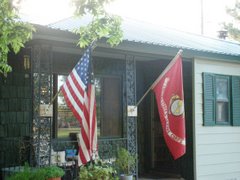
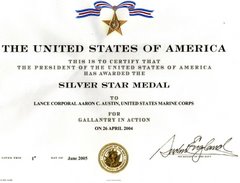
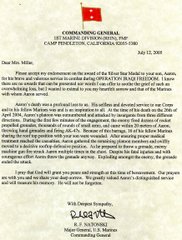
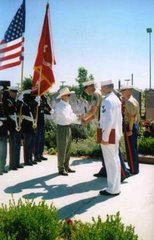


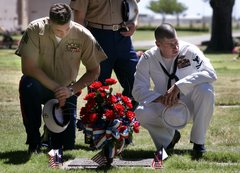

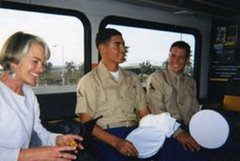

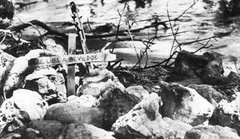


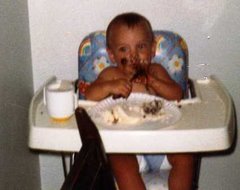


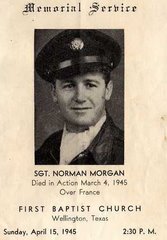
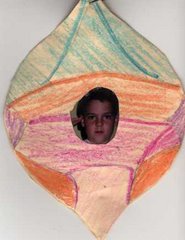


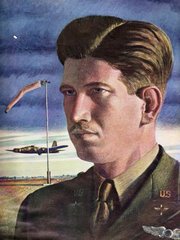
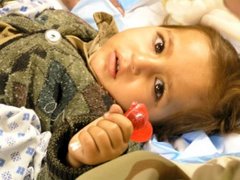
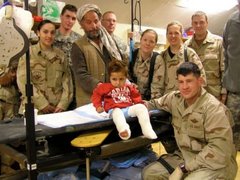


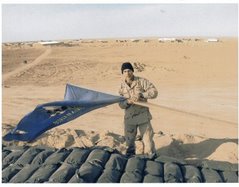


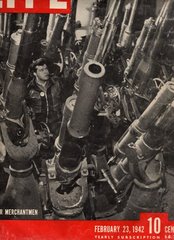


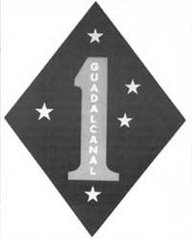
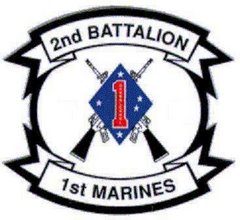




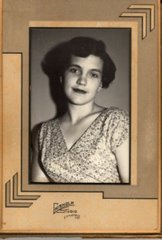

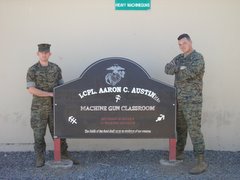

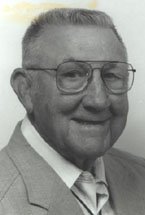

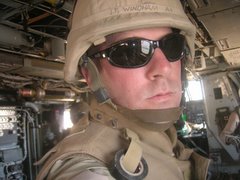
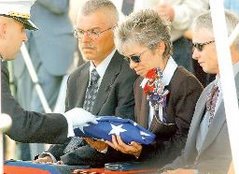


No comments:
Post a Comment